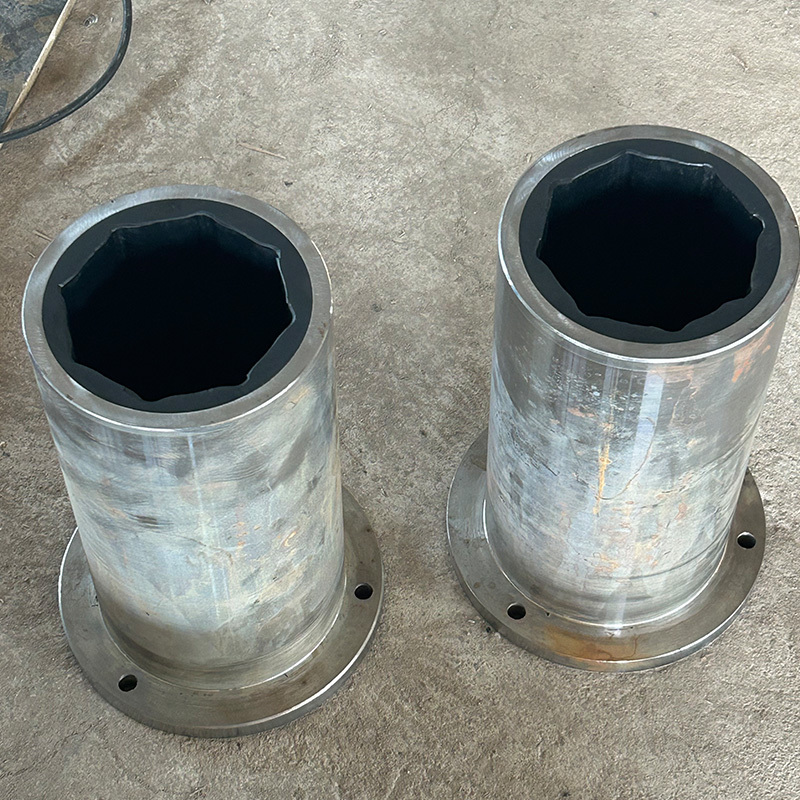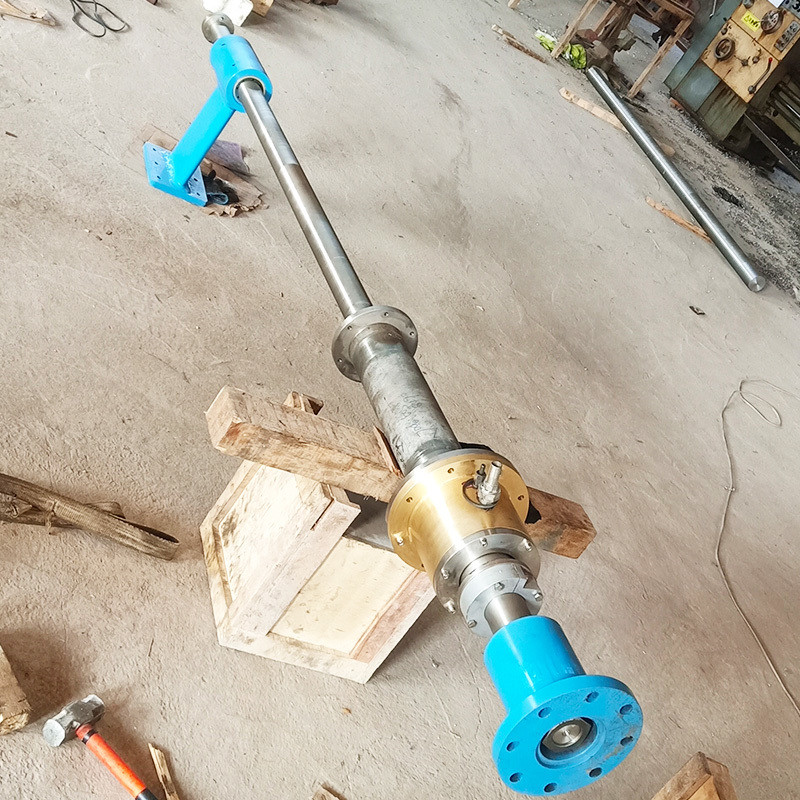Propeller Shaft
Release Time:
Jun 27,2025
The propeller shaft, a critical component in vehicle drivetrains, has undergone significant advancements in recent years, enhancing performance, fuel efficiency, and durability across the automotive sector. As manufacturers push toward lighter, more efficient designs, innovations in materials and engineering are reshaping how power is transmitted from the engine to the wheels.
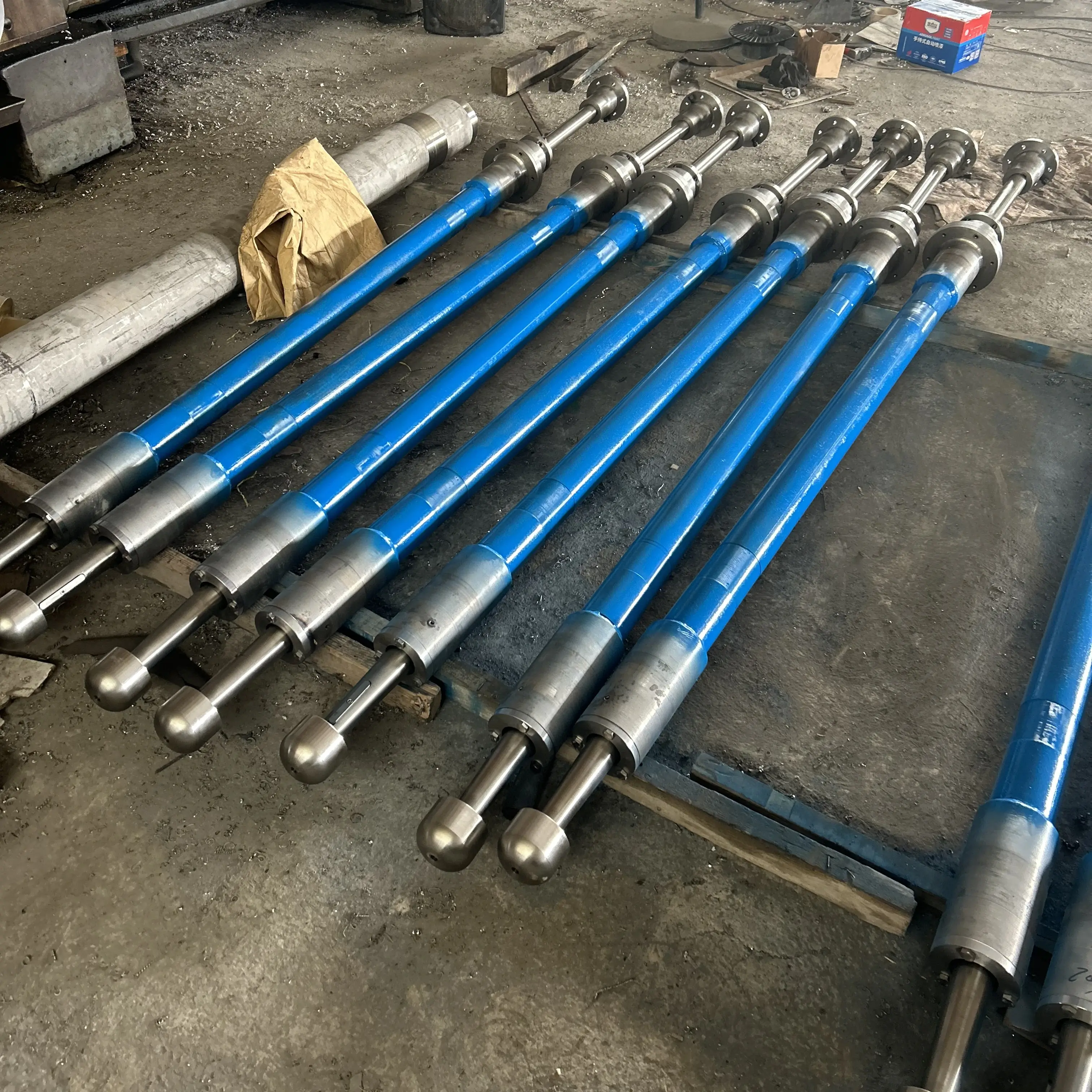
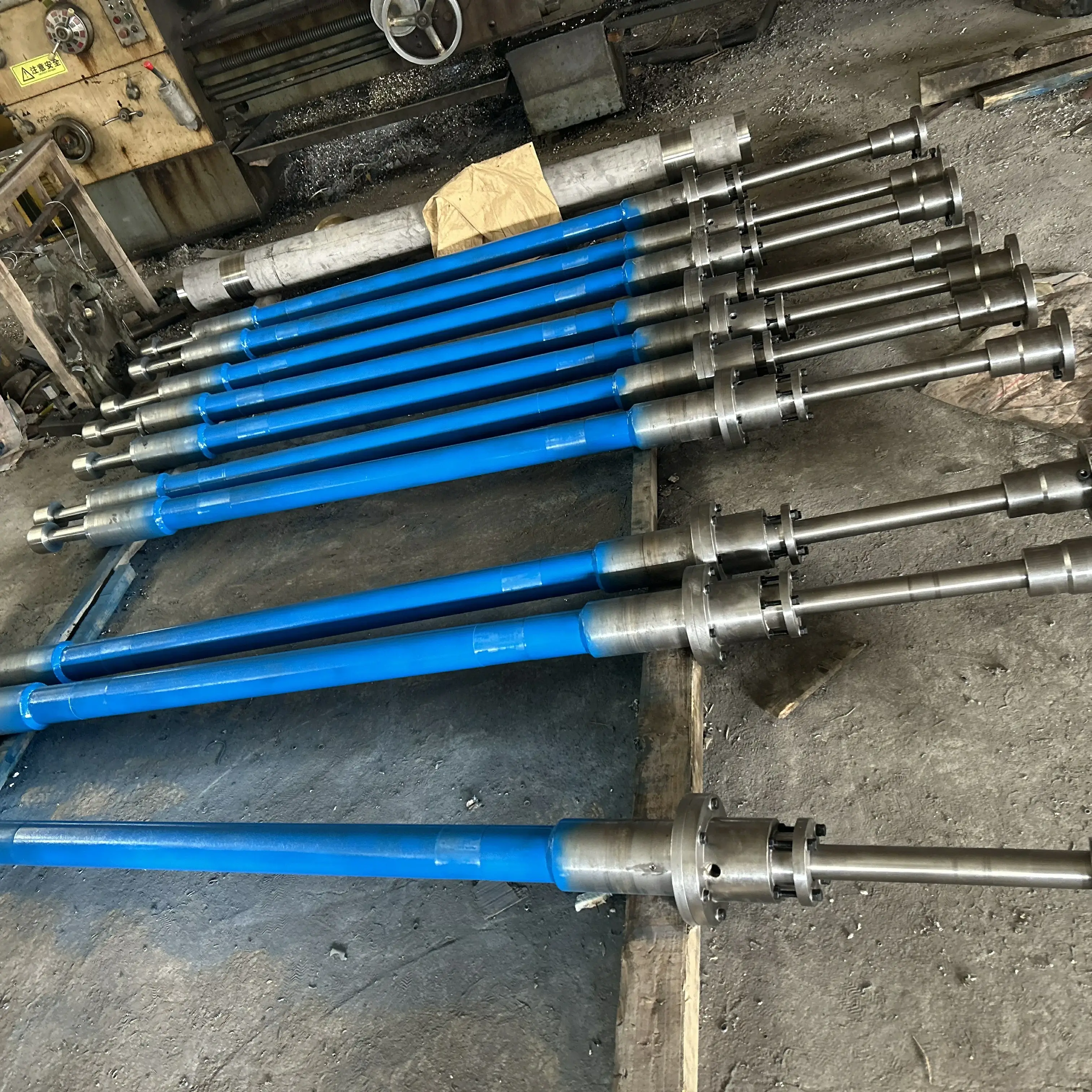
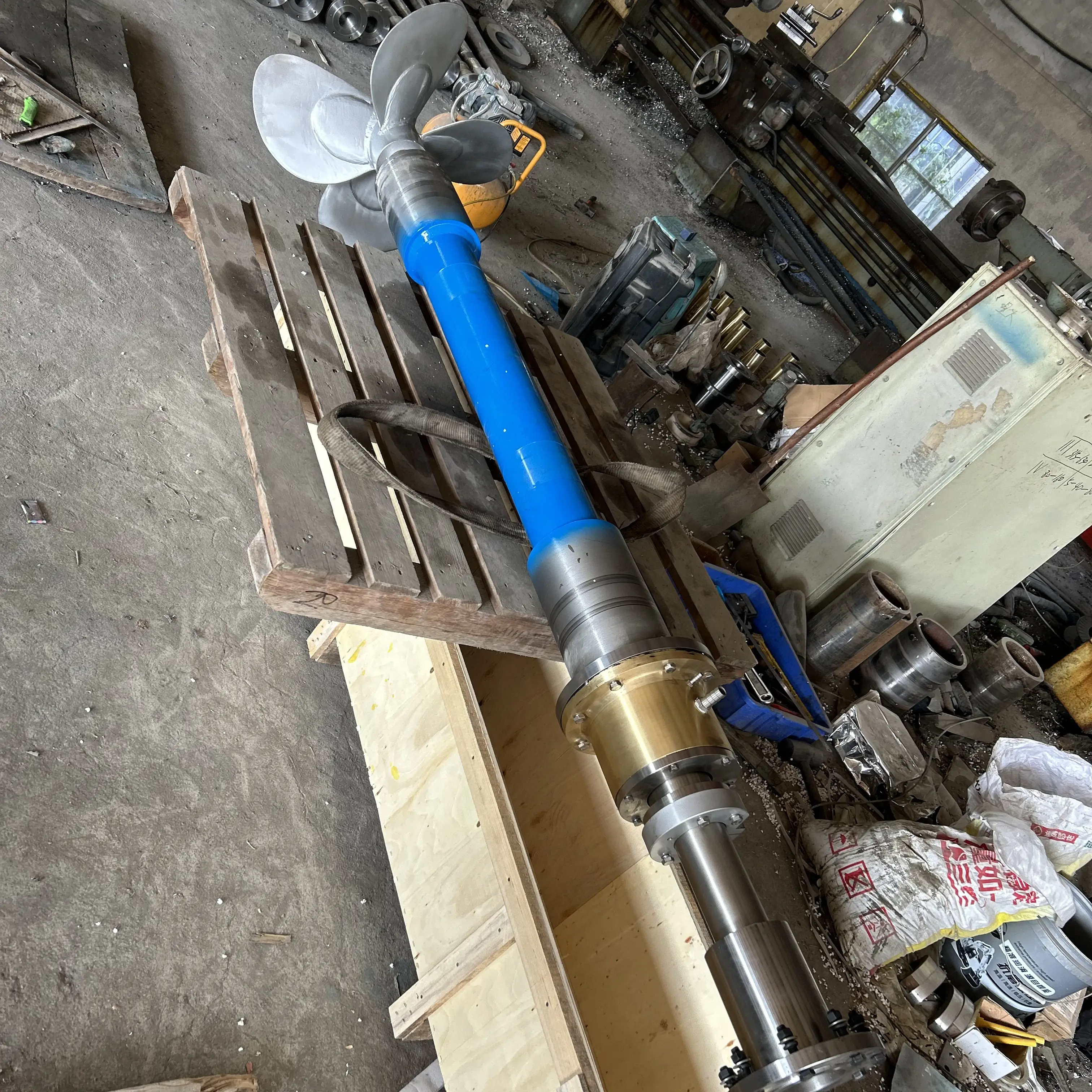
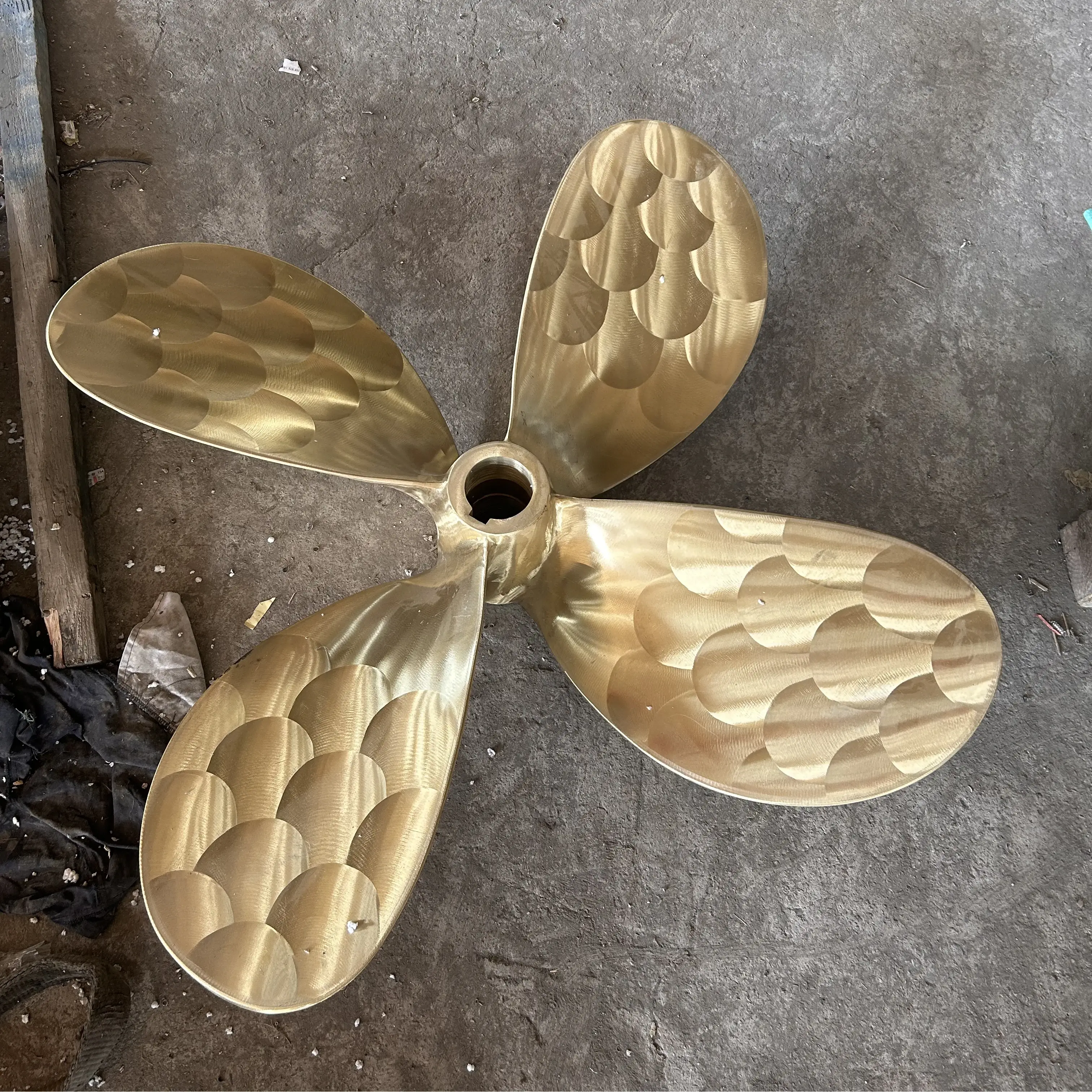

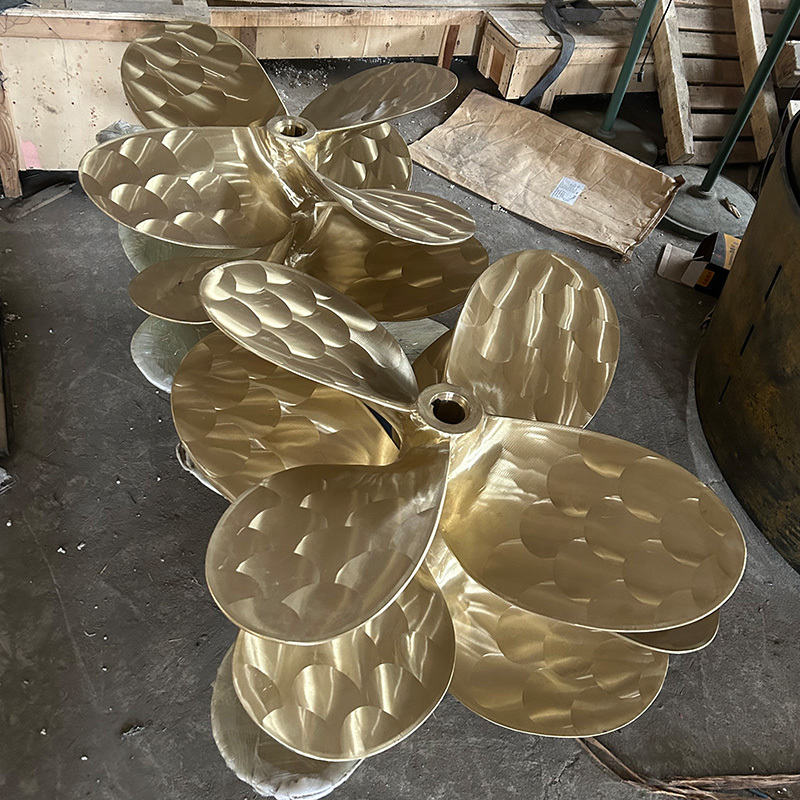
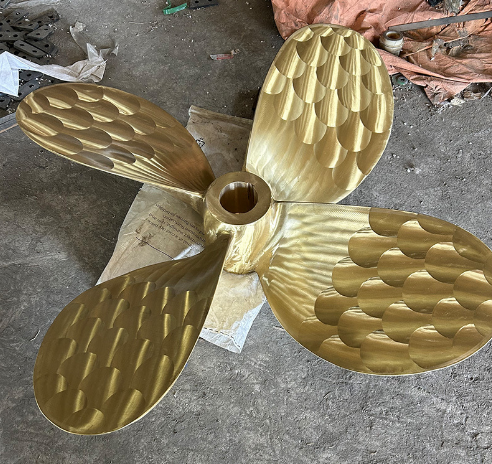
The propeller shaft, a critical component in vehicle drivetrains, has undergone significant advancements in recent years, enhancing performance, fuel efficiency, and durability across the automotive sector. As manufacturers push toward lighter, more efficient designs, innovations in materials and engineering are reshaping how power is transmitted from the engine to the wheels.
Traditionally, propeller shafts were constructed from steel, providing strength but adding considerable weight. However, the industry is increasingly adopting high-strength composite materials, such as carbon fiber reinforced polymers (CFRP), which reduce weight while maintaining structural integrity. This shift not only improves fuel economy but also minimizes vibrations and noise, leading to a smoother ride. Major automakers, including BMW and Ford, have integrated lightweight propeller shafts in their latest models, reporting measurable gains in efficiency and handling.
Another key development is the rise of modular and adjustable propeller shafts, allowing for greater flexibility in vehicle design. Electric vehicles (EVs) and hybrid systems, which require precise torque management, benefit from these adaptable solutions.
Keywords:


